Subtotal: ₦214,995.00
Atmega 32
₦9,900.00
The Atmega 32 is an 8-bit AVR microcontroller from Microchip Technology, known for its high performance and low power consumption. It features a powerful instruction set and a variety of built-in peripherals, making it suitable for a wide range of embedded applications including industrial control, home automation, consumer electronics, and automotive systems.
Key Features:
- 8-bit AVR RISC architecture
- 32 kB of In-System Self-Programmable Flash memory
- 2 kB SRAM for data storage
- 1 kB EEPROM for non-volatile data storage
- 32 general purpose I/O lines
- 3 Timers (2 x 8-bit, 1 x 16-bit)
- 8-channel, 10-bit ADC
- 4 PWM channels
- USART, SPI, and I2C communication interfaces
- Watchdog Timer with separate on-chip oscillator
- On-chip Analog Comparator
- Programmable Serial USART
- Supports external and internal interrupts
- In-System Programming (ISP) via SPI port
- JTAG interface for on-chip debugging
Technical Specifications:
- Package Types: 40-pin PDIP, 44-pin TQFP, 44-pin QFN/MLF
- Operating Voltage: 2.7V to 5.5V
- Clock Speed: Up to 16 MHz
- Flash Memory: 32 kB
- SRAM: 2 kB
- EEPROM: 1 kB
- I/O Pins: 32
- Timers: Two 8-bit, one 16-bit
- ADC Resolution: 10-bit
- ADC Channels: 8
- Operating Temperature Range: -40°C to +85°C
Applications:
- Industrial automation
- Consumer electronics
- Home automation systems
- Automotive applications
- Data acquisition systems
- Robotics
- Security systems
Usage:
- Programming:
- Program the Atmega 32 using a compatible programmer or development kit.
- Utilize ISP for convenient in-system programming.
- Peripheral Configuration:
- Configure I/O pins, timers, ADC, PWM, and communication interfaces via software.
- Use the integrated peripherals to interface with sensors, actuators, and other devices.
- Application Development:
- Write and upload firmware to the microcontroller using development environments such as Atmel Studio.
- Utilize libraries and example codes to speed up the development process.
- Deployment:
- Integrate the programmed microcontroller into your electronic circuit.
- Ensure proper power supply and signal connections to avoid damage and ensure optimal performance.
Caution:
- Handle the microcontroller with care to avoid damage from electrostatic discharge (ESD).
- Verify the correct power supply voltage and connections before powering the device.
- Follow the manufacturer’s guidelines for programming and operation to ensure reliability and longevity.
Datasheet:
For detailed technical specifications, refer to the Atmega 32 Datasheet.
In stock
Be the first to review “Atmega 32”
You must be <a href="http://hub360.com.ng/my-account-3/">logged in</a> to post a review.





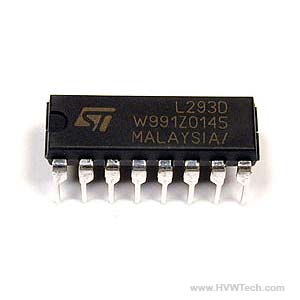

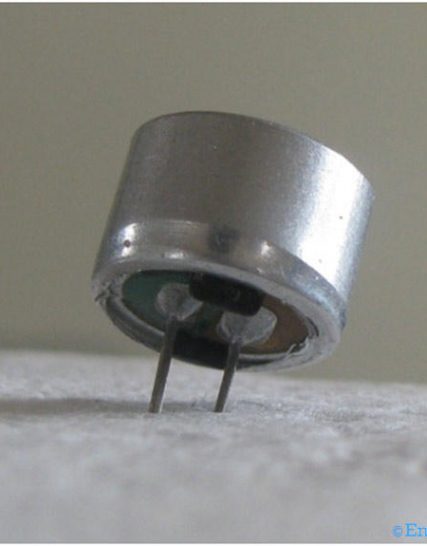




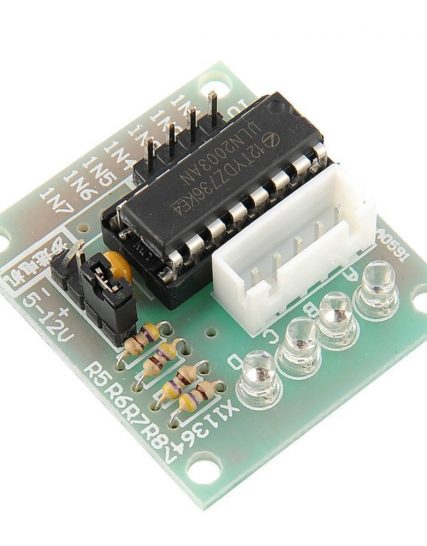



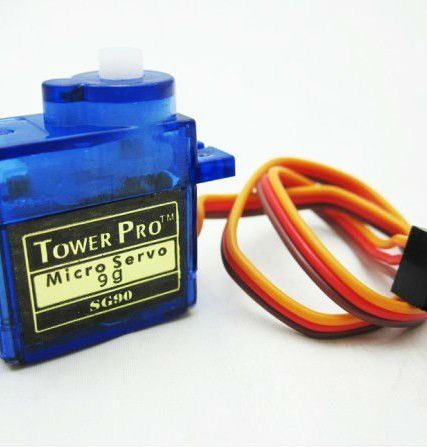


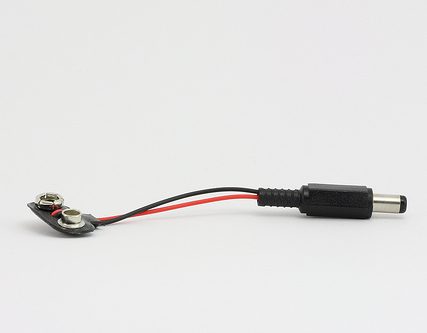


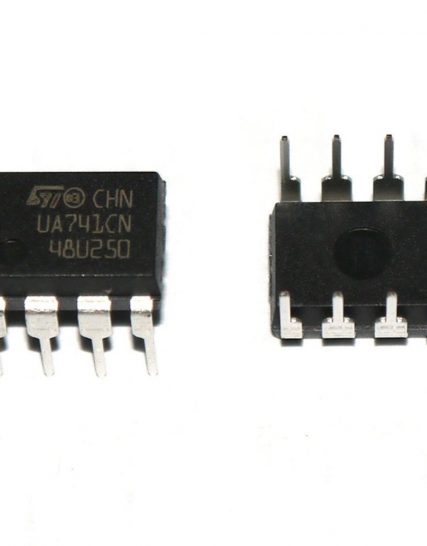
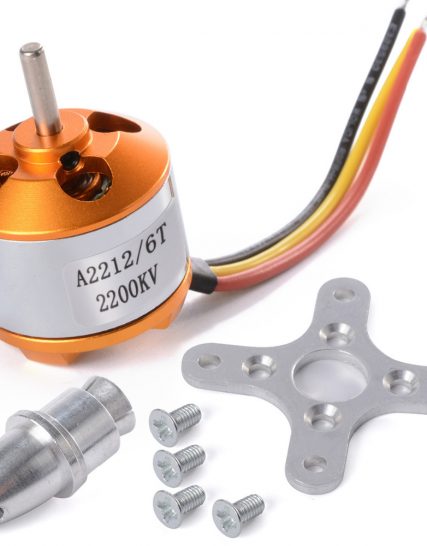
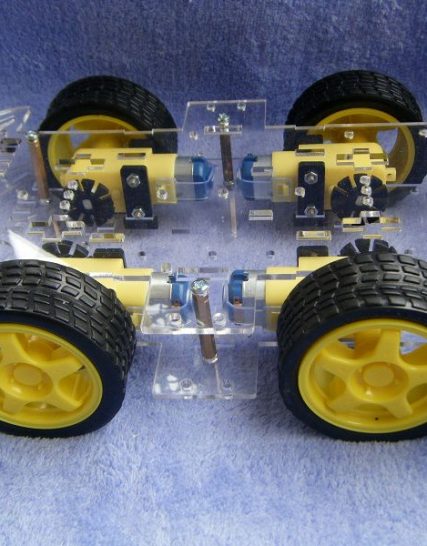

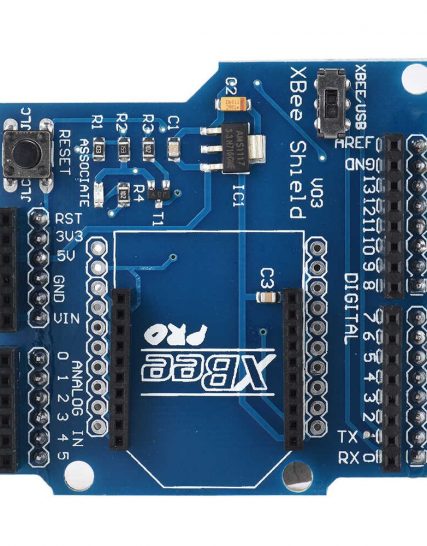


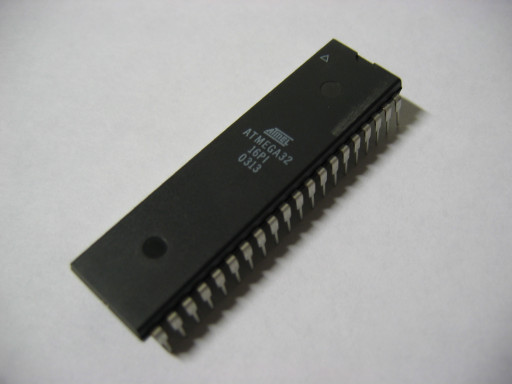
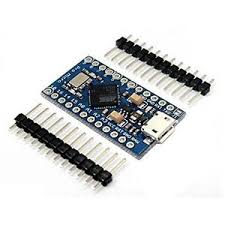


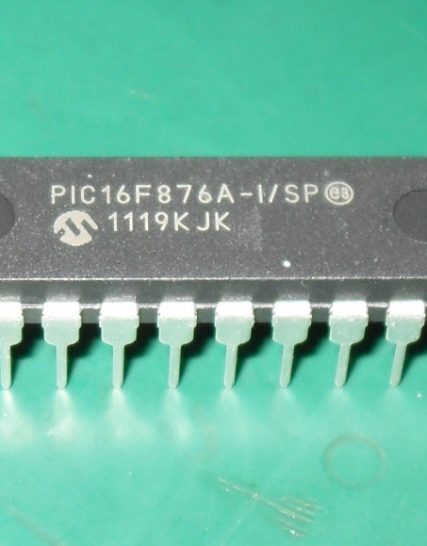
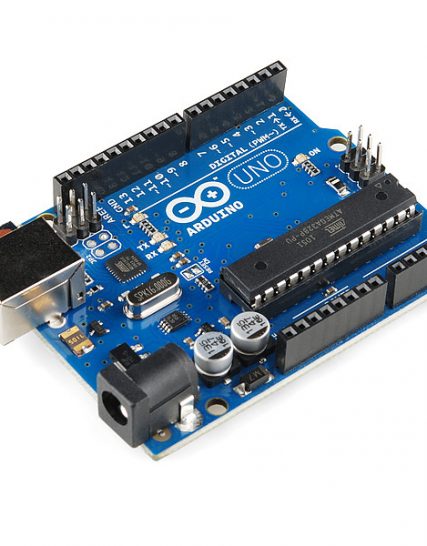
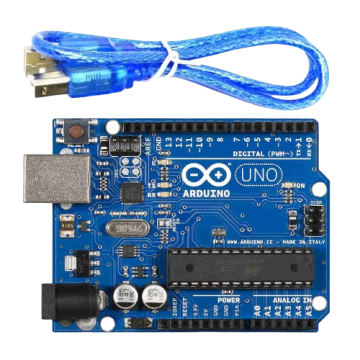
Reviews
There are no reviews yet.